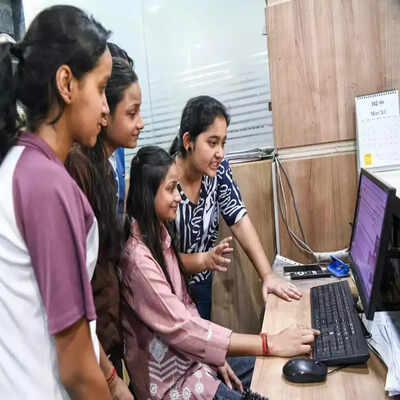
The Department of Education is grappling with an unprecedented backlog of applications for the Public Service Loan Forgiveness (PSLF) Buyback program, creating a prolonged period of uncertainty for tens of thousands of federal student loan borrowers. The program, established in 2023 during the Biden-Harris administration, is designed to allow borrowers to make lump-sum payments so that periods of deferment or forbearance count toward Public Service Loan Forgiveness. This is especially critical for borrowers who have served in public service but were placed in involuntary nonpayment plans, such as the SAVE plan, which was recently blocked by a court injunction following a Republican-led legal challenge.The backlog has ballooned amid staffing shortages at the Office of Federal Student Aid and mass layoffs earlier this year. While the department has made incremental progress, processing around 10,000 applications between April and July 2025, the queue continues to grow. Current data shows the backlog stands at 72,730 applications, nearly 50% higher than in April and an increase of 7,000 from the previous month alone according to the department’s data. With the department processing roughly 2,500 applications per month, estimates suggest it would take over two years to clear the current backlog if no new applications are submitted. Meanwhile, tens of thousands of borrowers in the SAVE plan forbearance remain unable to make progress toward loan forgiveness, compounding financial uncertainty for millions of Americans.
PSLF buyback: A critical workaround
The PSLF Buyback program offers a pathway for borrowers to ensure that periods of nonpayment, whether due to deferment, forbearance, or other disruptions, still count toward Public Service Loan Forgiveness. Under PSLF, borrowers who make ten years of qualifying payments while working full-time for eligible nonprofit or government employers can eliminate their federal student debt.Buyback is particularly vital for borrowers near the end of their repayment period who were caught in involuntary deferments under the SAVE plan. The program is intended to mitigate the effects of missed qualifying payments, allowing borrowers to maintain progress toward debt cancellation.
Backlog continues to escalate
The Department of Education’s filings reveal that the backlog has grown steadily despite processing efforts. In May, 1,472 applications had been completed, with 49,318 pending. Between April and July, approximately 10,000 additional applications were processed, including 3,280 in the last month alone according to US media reports. Despite this, the total number of pending applications has increased to 72,730.The current processing rate of roughly 2,500 applications per month means it could take more than two years to clear the backlog even if no new applications are submitted. With new applications entering the system continuously, the timeline for resolution is expected to extend further.
SAVE plan forbearance leaves borrowers stuck
The backlog is exacerbated by complications from the SAVE plan, which paused payments for millions of borrowers. These forbearance periods do not count toward PSLF forgiveness, leaving borrowers, especially those in their final year of repayment, unable to make progress. While the department has encouraged affected borrowers to apply for PSLF Buyback or switch to income-driven repayment (IDR) plans, mass layoffs and staff shortages have slowed processing.Some progress has been made in addressing the IDR application backlog. The total number of pending IDR applications decreased from 1,511,504 to 1,386,406, with 304,844 processed in the last 30 days, according to the latest reports. This represents a net reduction of approximately 125,000 applications, but at the current pace, processing the remaining queue could take nearly a year.
Legal and administrative challenges
The backlog is further complicated by administrative and legal actions. Temporary suspensions of IDR application processing earlier this year and resumption of interest charges on SAVE plan borrowers have added pressure on both borrowers and the department. Ongoing litigation and new student loan repayment provisions under the “Big, Beautiful Bill” continue to reshape repayment plans, limit forgiveness, and create additional obstacles for borrowers.
A system under pressure
Millions of borrowers navigating the federal student loan system face delays, inaccuracies, and uncertainty as they attempt to track qualifying payments and apply for forgiveness. Without substantial increases in staffing or processing efficiency, clearing the PSLF Buyback backlog and providing the relief intended by Congress may remain a multi-year challenge.







